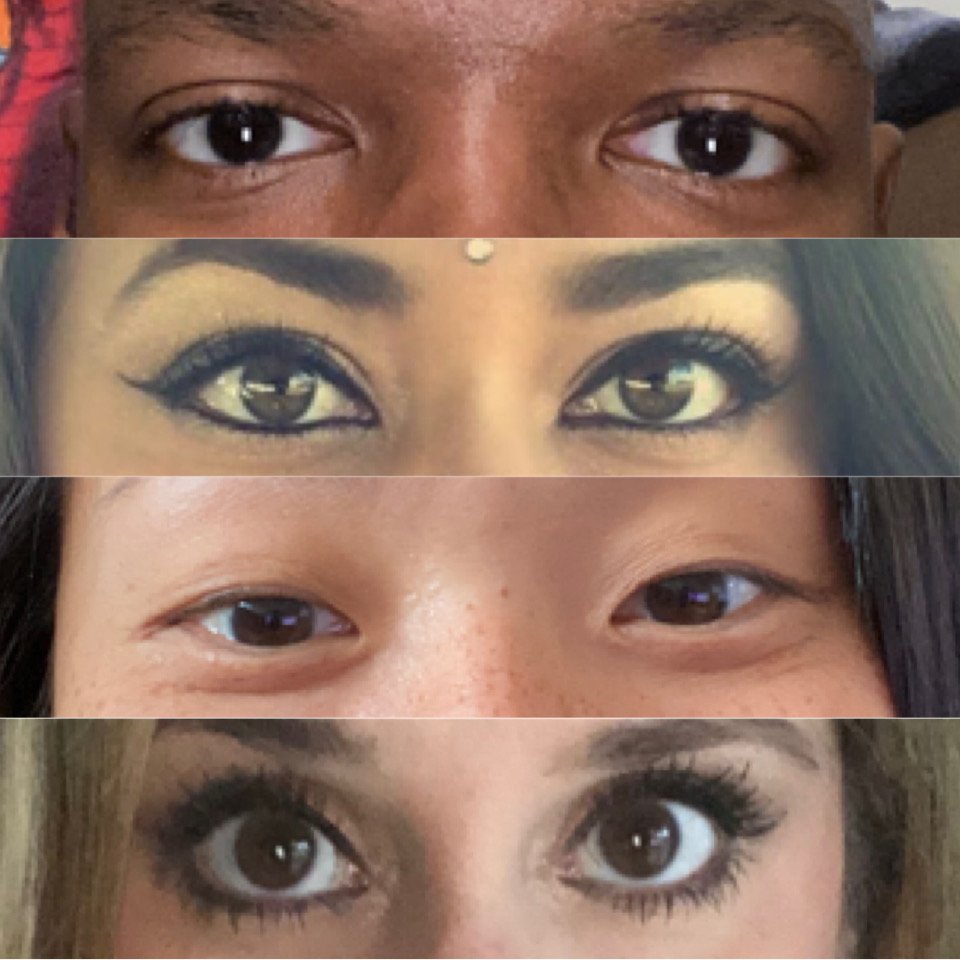Question Your World: What Causes Kids to Become Nearsighted?
Vision is a pretty important aspect of life for many creatures on Earth. For thousands of years, we have been trying to better understand our own vision. Scientists are now looking into what causes some of us to develop nearsighted vision. Technology plays a big role in our life, but some of this technology is causing some big changes, especially for our children’s developing eyes. A recent study helps answer today’s big question: What causes kids to become nearsighted?
About 700 million years ago, something remarkable happened here on Earth - life developed the earliest form of eyes. As these primitive creatures evolved, so did their eyes. Fast forward to now and we see a planet whose inhabitants have many different types of incredible eyes. Evolution has created the pathways by which many creatures have developed their specialized eyesight based on their own environmental needs. Some animals can see in ultraviolet, some have many sets of eyes, there are some with incredible night vision, and so on. Also included in this list of creatures would be us humans!
Humanity evolved with eyes more or less as they are now, but that does not mean we are free from changes. As we developed a better understanding of who we were, we began to harness technology to help us accomplish our survival or life goals. Eventually our curiosity of the natural world and love for innovation helped create a myriad of technological advances including items that would impact our vision.
Over the span of history, we humans have created many new innovations that enhance our vision, like glasses and telescopes. On the same note, we have also created a few things that put strain on our eyes, like television and florescent bulbs. We’re all familiar with TV and screens that can create problems for our vision, but why? A recently published paper sheds a little light on this exact question.

Our artificially lighted world includes LED bulbs, TV screens, smartphone screens, decorative lights, and many other things that brighten our world. These sources of artificial light tend to have a higher red/green contrast. This particular part of the light spectrum actually impacts our eyes and their cellular goings-on. Frequent exposure to indoor lighting forces the eye to deal with this environmental factor and appears to be causing nearsightedness in a developing eye. The research was able to identify the reason why technology impacts our vision - it turns out to be a specific type of cell in the retina.
These researchers are calling this newly identified cell the “ON Delay” cell. When exposed to more red/green contrast than our eyes have evolved to handle, it forces these cells to grow longer. Clusters of these cells found in the retina grow beyond their regular size and shape when put into this new environmental situation. While being outdoors has been a large part of the evolution of the eye, being indoors with Netflix going is a pretty new thing. Evolutionarily speaking, of course. The big news here is that this cell has been identified. Consider for a moment that nearly one billion people on Earth have myopic vision, better known as nearsightedness. Now the next step would be to identify the genes responsible for allowing these cells to grow when put into a high red/green contrast light setting. Knowing this genetic information could lead scientists to understand the mechanisms of these cells and could yield an option in which we could enhance or reduce the impact of this part of the light spectrum. In other words, knowing the genetic information would help scientists know how to induce or reduce nearsightedness in a living animal.
Much more testing is needed, but simply knowing this relationship between artificial light and our eyes’ cellular functions is a big step forward. In the meantime, if you want to prevent the onset of myopia in your children or younger cohorts, scientists are encouraging them to simply spend more time in natural light and less time in our artificially illuminated lives. This could be a great way to reduce future generations of myopic eyes.


